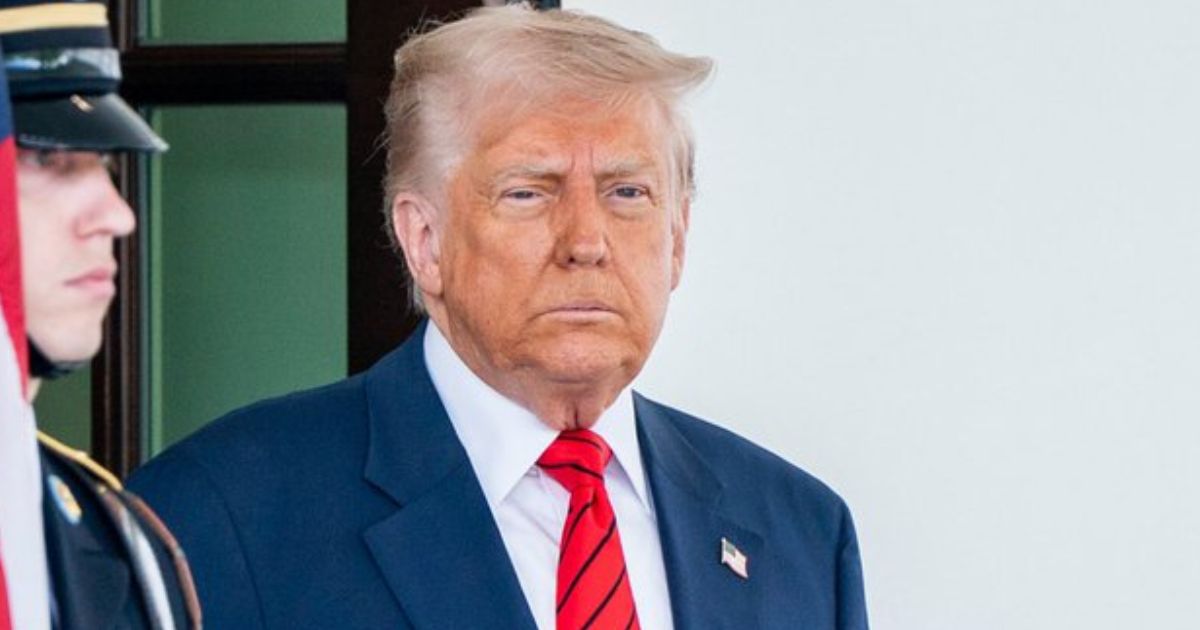This weekend, millions of Americans are planning to flood the streets in over 2,500 “No Kings” protests against authoritarianism and Donald Trump’s presidency. There’ll be signs, chants, and yes, probably even inflatable frogs. But before you whip out your phone to film or snap pics for social media, experts are warning that those seemingly innocent posts could havproteeeeee real-world consequences, not just for you, but for the people around you.
“Despite [No Kings] being tame, there are attempts to kind of make it into this controversial thing because of the crackdowns on freedom of expression,” said Bill Budington, a senior staff technologist for the Electronic Frontier Foundation. He pointed out that some have even tried to link the movement to terrorism—a baseless and dangerous claim. What might seem like just a cool protest selfie can actually reveal faces, tattoos, or locations that could put protesters at risk, especially in a political climate where being outspoken can come with a price.
Yes, You Have The Right To Record – But It’s Complicated
Legally, you’re allowed to take photos and videos at a protest. “The No. 1 thing that people should know is that they have the right to record,” said Maribel Hernández Rivera from the ACLU. “They have the right to photograph as long as they are in a public space, as long as they’re not obstructing or interfering with law enforcement,” she explained. “They should also know that police cannot demand to take their photos or videos without a warrant.”
Still, Rivera warned that legal rights don’t always equal safety. “At the same time, we need to be mindful, because we are seeing people being targeted,” she said. “We have seen this administration target people who are saying things that they don’t like.”
The Dangers Of Going Viral
Sharing protest footage online can make you or others easy targets. “Even seemingly harmless posts can be cross-referenced with government databases or facial-recognition tools,” said Petra Molnar, lawyer and author of The Walls Have Eyes: Surviving Migration in the Age of Artificial Intelligence.
She warned that “once online, this data is nearly impossible to remove and can be taken out of context to justify enforcement actions, including detention and deportation in this extremely hostile climate.”
In one terrifying example, journalist Mario Guevara was livestreaming a “No Kings” protest in Atlanta when police arrested him. Even though the charges were dropped, ICE detained him for over 100 days before deporting him. “If you’re not a U.S. citizen, you don’t have the same rights like other journalists. I ignored that and I paid the price,” Guevara later said.
How To Stay Safe While Documenting
Experts recommend blurring faces or avoiding them altogether. “Talk to people [being photographed] beforehand to make sure that they’re OK with their faces being on the internet,” said Thorin Klosowski from the EFF. Instead of faces, “maybe take a picture of the poster,” suggested Hernández Rivera. Or just capture the crowd without focusing on individuals. Signal’s blur tool or iPhone’s Clean Up tool can help, and Budington says even “covering faces with emojis is a perfectly good way to make a face completely obscured.”
Before posting, think twice, especially if you’ve got a large following. “It’s worth remembering that it’s not just you who you are putting at risk,” Klosowski said. Experts also advise turning off cloud backups and disabling biometric locks on your phone, things that could make your private data more accessible if authorities come knocking. Until stronger protections exist, Molnar’s advice is simple: “Share less, anonymize more, and prioritize community safety over visibility.”













